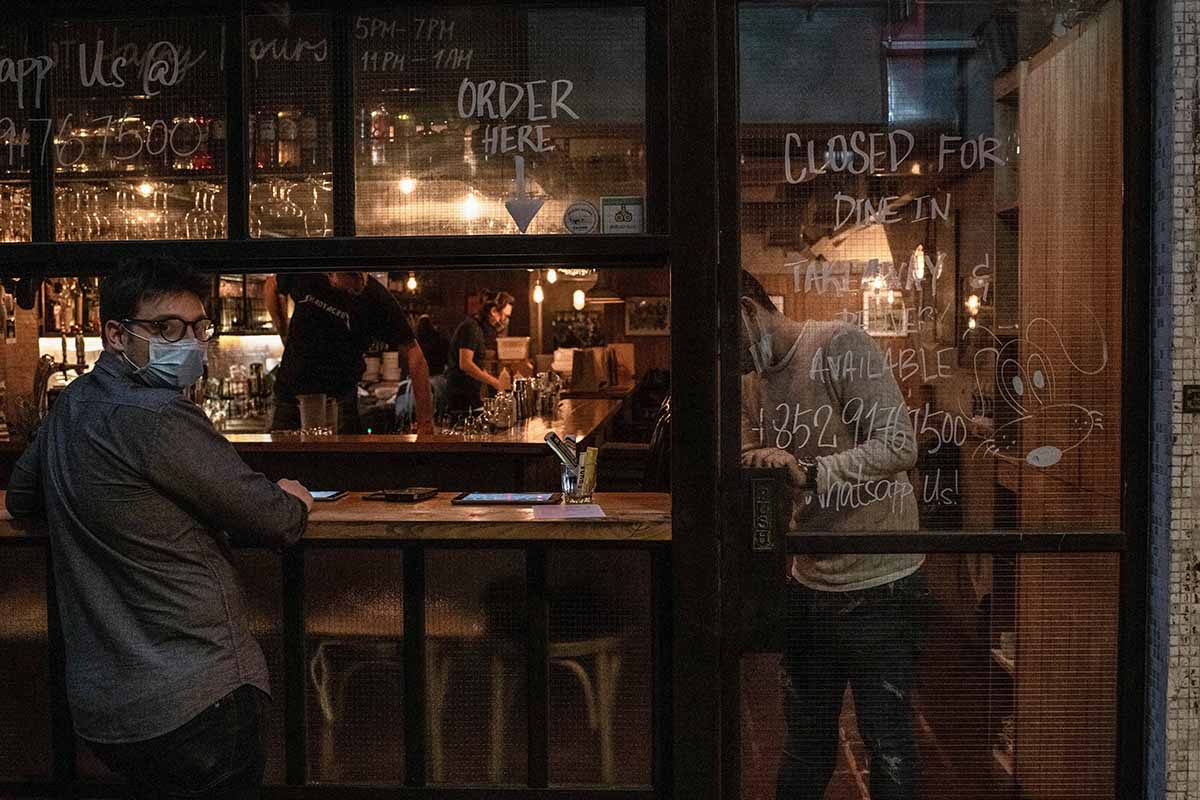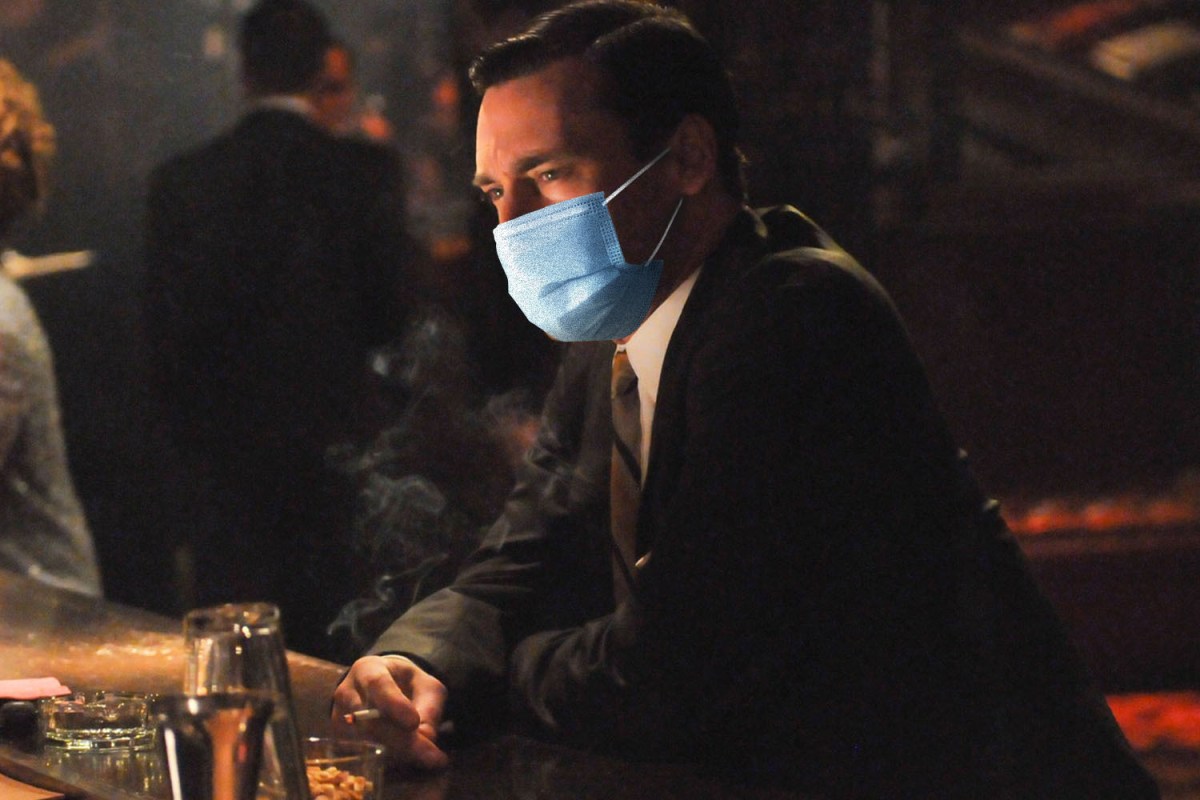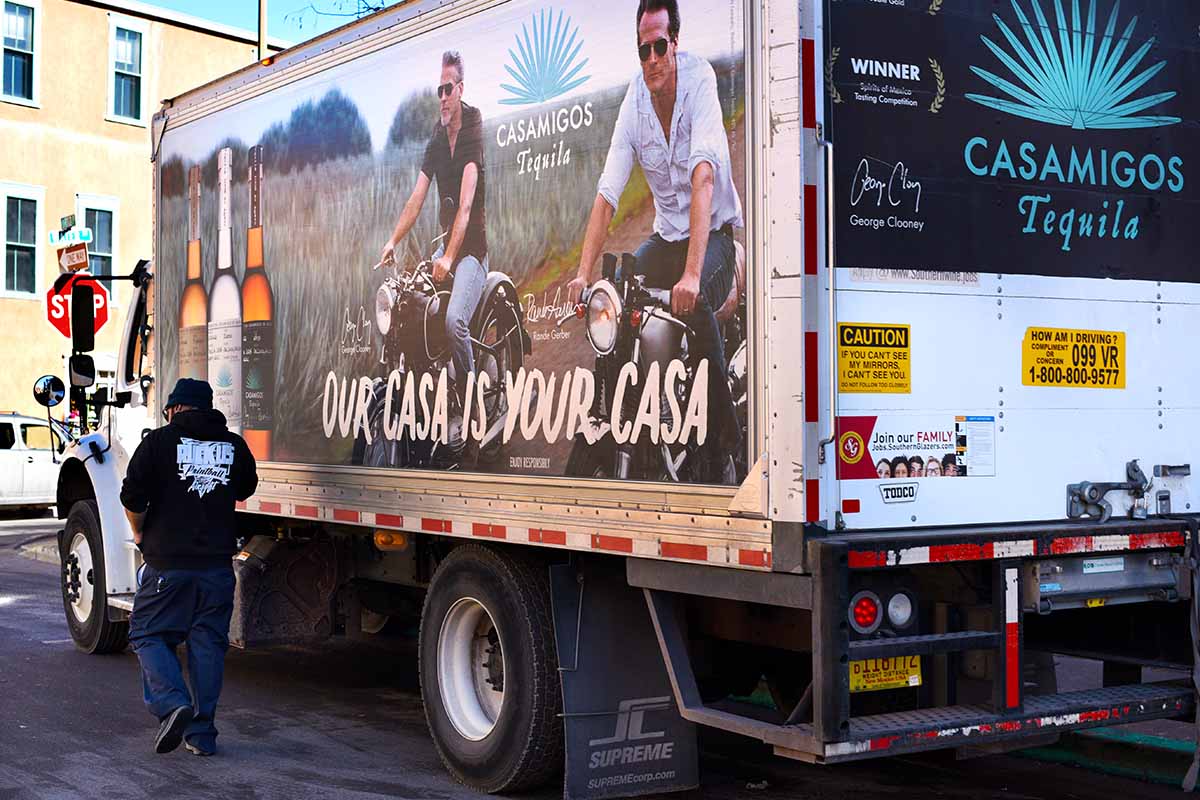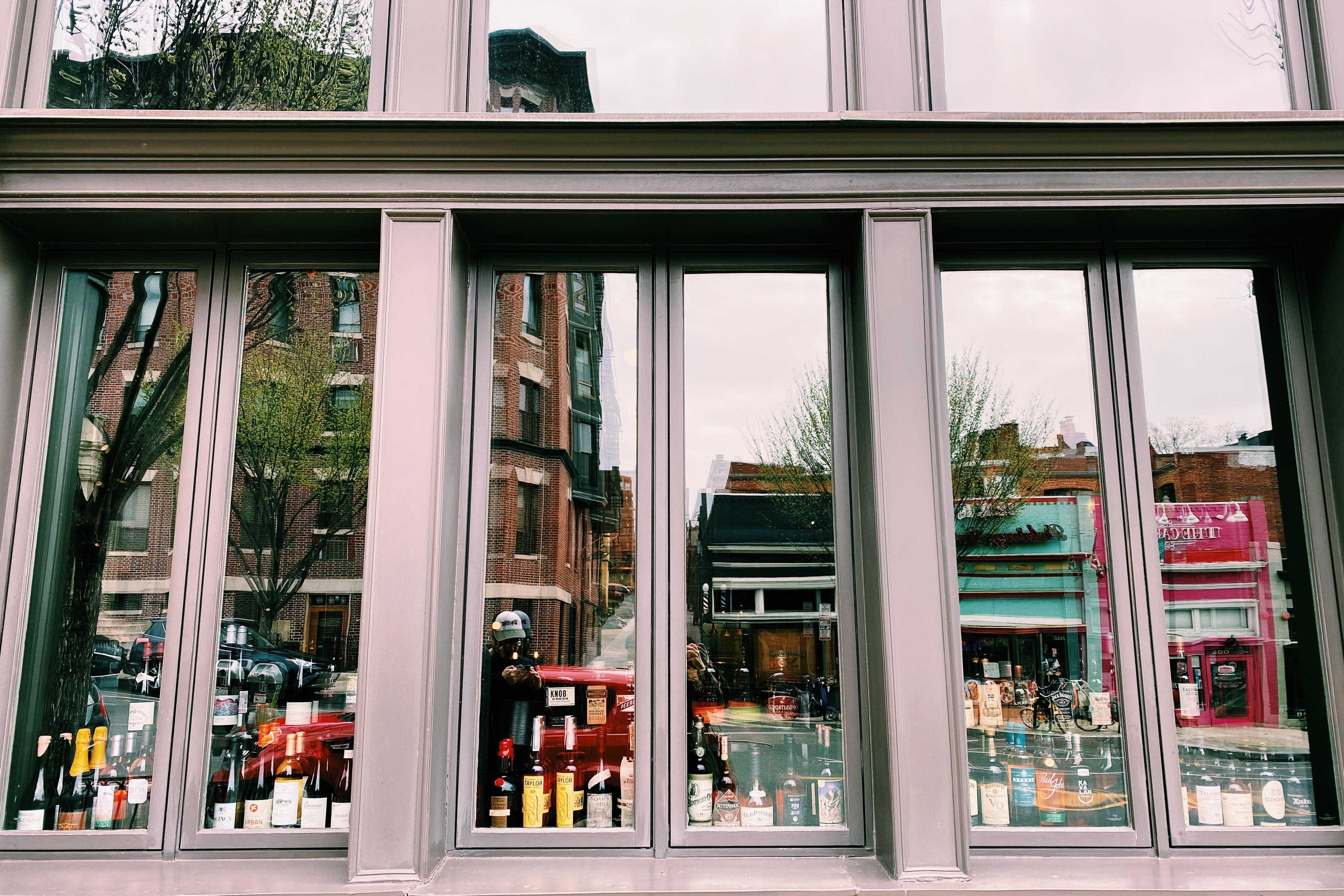As conversations in the media and among legislators turn to “reopening” the country and adjusting to a “new normal,” there are a few unfortunate consistencies in almost every prediction. First off: concerts, sports and other large gatherings of people are going to be the last things to return.
Along with bars.
“It’s going to be a very slow process to build up the bar business again, because I’m not quite sure it will go back to what it was; it could take years,” admits Kenneth McCoy, the Chief Creative Officer of The Rum House, a popular cocktail spot near Times Square in New York. “I don’t think you will be allowed to have a lot of people in spaces. Social distancing will become a movement in our business, but who wants that? I wouldn’t want to tell a guest at my bars, ‘Excuse me, you’re standing too close to that person, you’ll have to move.’”
With even President Trump suggesting that gatherings of more than 50 people aren’t on the table until “Phase Two” of his reopening plan, we’re still pretty far from seeing people return to their favorite local watering holes.
But when it finally does happen, expect there to be plenty of changes afoot. So we talked to handful of industry veterans to figure out what, exactly, the bar will look like in a post-coronavirus world.
We’re going to have fewer bars in general
Many bars have been unable to provide sustainable income after being forced to shut down, even with state laws that eased the delivery of booze. But consumer behavior is also a huge factor; even at the start of the pandemic and state quarantines in March, 67 percent of consumers said they had avoided restaurants or going out to eat because of the coronavirus pandemic. Translation: Your favorite spot may not be coming back. And if it does, it’s not going to be teeming with patrons.
Takeaway and delivery are going to be a new normal
When New York quickly enacted its to-go booze and cocktail rules, a few places saw it as the beginning of a bright new future (post-coronavirus lockdown, of course). In March, Fort Defiance’s proprietor St. John Frizell told us he hopes the new rules stick around: “Why not? The rules against it date back to the end of Prohibition, when the government had to protect people against bootleg hooch that made people blind. We’ve come a long way since then.”
A report on the beverage site SevenFifty suggests we look to China, which has seen a boom in takeout and delivery cocktails since 2016, a result of both the country’s “extraordinarily advanced” food delivery system and its reaction to previous pandemics. The site notes that bars tend to sell the cocktails as pre-mixed and pre-bottled (a trend I’ve seen in New York) with recipes, vacuum-packed garnishes, ice and even sanitary wipes as part of the takeaway.
As SevenFifty also notes, a few places around the country have already had success with the new (and usually cheaper) option of off-premise boozing: “World’s Best Bar” Dante was quickly able to rehire 10 employees when their to-go cocktail menu took off.
“If there is a silver lining in all this, for our industry, it’s that perhaps some of the regulations on take away cocktails might continue as a way to help deter large crowds and lines to get into bars,” as Stephen Kurpinsky, U.S. Brand Ambassador for Mr Black Cold Brew Coffee Liqueur, tells us.

When at a bar, we’ll be sitting far, far apart
This week’s report that air conditioning spread the coronavirus to nine people sitting near an infected person in a restaurant in China was troubling. In the research letter regarding that troubling finding, the authors of the paper (as published in the Emerging Infectious Disease journal) suggest that “to prevent the spread of the virus in restaurants, we recommend increasing the distance between tables and improving ventilation,” while also strengthening temperature-monitoring surveillance.
One option is basically going back to the standards we had a week or two before the states shut down bars: there might be no sitting at the bar itself and no standing around, and occupancy might be capped at 25-50% of the normal rate (with groups capped at a small number as well). Although we haven’t seen this suggested yet, you could make a case that bars could and should initially go reservation-only to help manage capacity, reduce walk-ins and allow the staff to space out the patrons appropriately.
The menus will be pared down (and so will the bar crew)
“Bars and restaurants will need to redefine their layouts to provide more space between guests, which will ultimately mean max capacities, and revenue potential, will drop,” as John Dantzler, Co-Founder/CEO of Torch & Crown Brewing Company, tells InsideHook. “We’ll see a return to simpler menus. As the illness stretches on, it’s unclear what summer produce harvests will look like, and restaurants will see large fluctuations in prices and availability of a lot of their raw food inputs. To prioritize safety, we’ll be wary of having so many workers in small confined kitchens, and will look to do more with less.”
The bar staff will be covered (and so might you)
“We’ll see bars instituting several proactive measures, which includes requiring all staff to wear face masks and gloves,” suggests David Bradshaw, General Manager of the The Double Dealer bar and The Orpheum Theater in New Orleans. “We may also see bars administering temperature checks to patrons upon admission, though this remains uncertain due to potential liabilities and the lack of medical training and licensing for staff.”
Bradshaw also suggests that live music in bars may change, with singer-songwriters or solo performers appearing more often than larger bands.
Less touching, more looking
“The design of bars will shift towards touchless technology to minimize interpersonal contact,” suggests Kellie Sirna, the cofounder of the hospitality design firm Studio 11 Design. And from a pure design aspect, Sirna also thinks bars will embrace work from local artists to help the community.
If you’re not a social drinker, you might be fine
A lighthearted but somewhat positive conclusion about the upcoming bar scene arrives from Gareth Evans, the Global Brand Ambassador of Absolut Elyx. “The need to socialize with friends and family is so deep-rooted within us that no matter what precautions we need to put in place to make sure everyone is safe, people will do them if that’s what it takes to get back to some semblance of normality,” he says. “Keeping things clean, washing hands and staying home when you’re sick isn’t brand new information, so maybe that will end up being beneficial. And it terms of social distancing, this will affect bars for a while … but I’m British, and we’re fairly awkward people, so I can’t imagine being socially distant being too much of an issue over here. We can sit in the corner not bothering anyone.”
Every Thursday, our resident experts see to it that you’re up to date on the latest from the world of drinks. Trend reports, bottle reviews, cocktail recipes and more. Sign up for THE SPILL now.
























